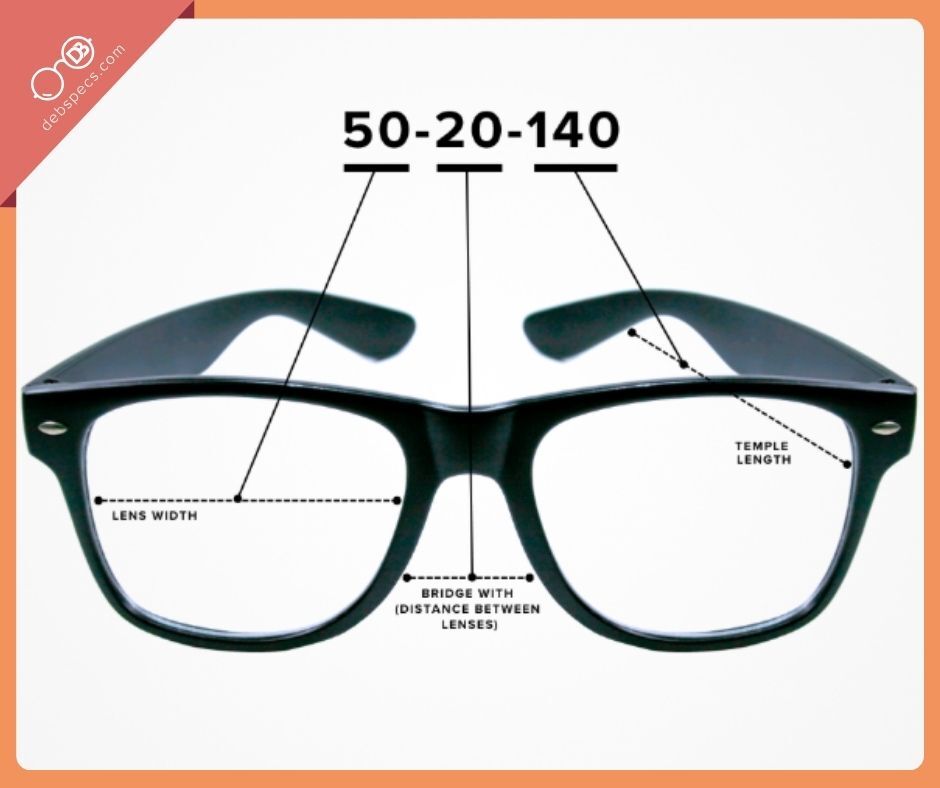
Parts of Glasses: An Essential Guide to Eyewear Components
Posted by Team Debby on 3rd Dec 2023
Glasses aren’t just tools for better vision—they’re part of your personal style. Whether you’re slipping on a chic pair for reading or rocking statement frames as an accessory, each piece of your eyewear serves a purpose. From the lenses that sharpen your world to the temples that keep everything in place, knowing the anatomy of your glasses can help you shop smarter and wear them more comfortably.
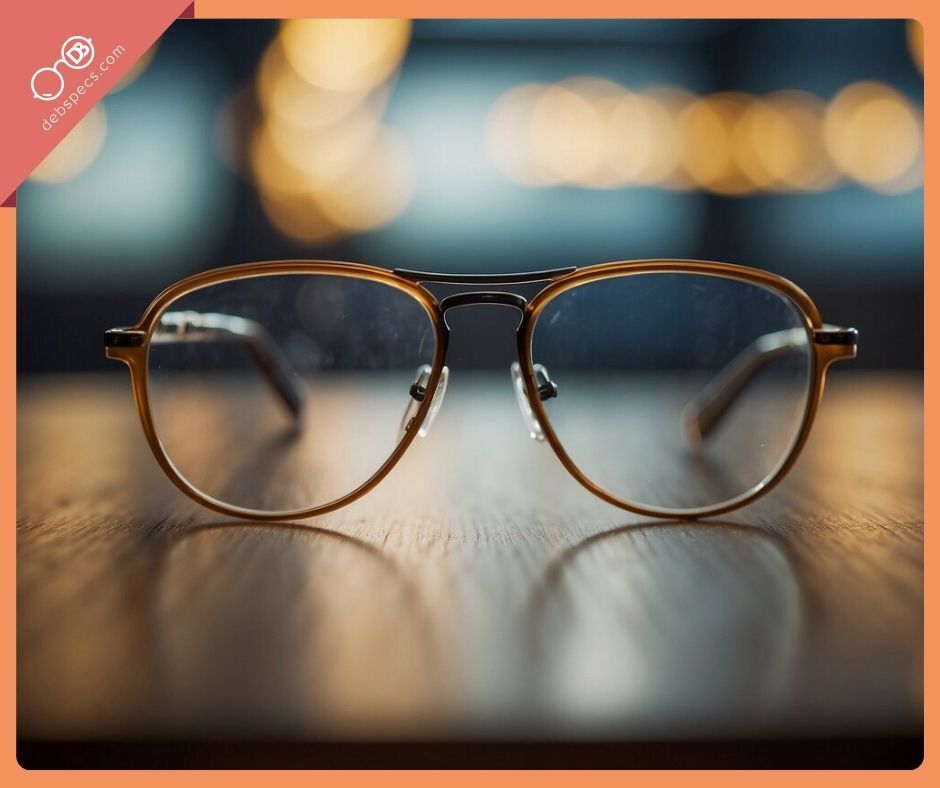
Why Knowing the Parts of Glasses Matters
When you understand how glasses are built, you can:
- Choose frames that flatter your face and fit well.
- Spot quality craftsmanship versus “drugstore disposable.”
- Adjust or repair small parts without panic.
- Talk about what you need with confidence (no more “thingy on the side of my glasses” confusion).
In other words, it’s the difference between grabbing just any pair and finding readers you’ll love wearing.
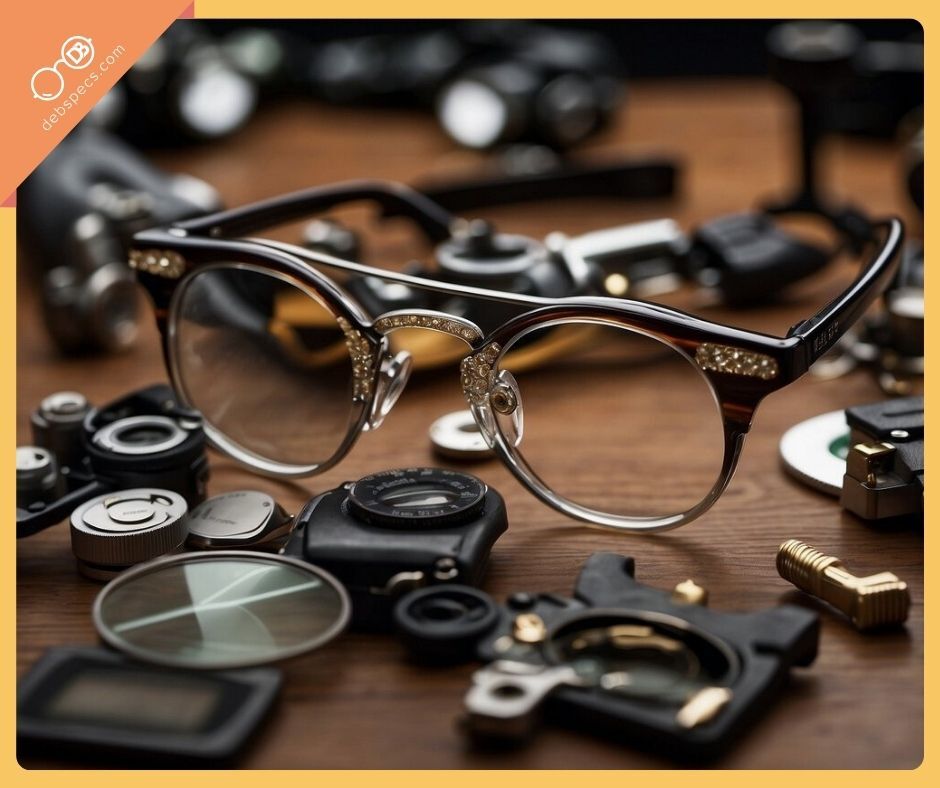
Seeing How Each Component Supports Real-World Clarity
As the article explains, understanding the parts of your glasses makes it easier to appreciate how frame design, lens placement, and fit all contribute to comfortable vision. Readers built with well-balanced materials and thoughtful construction can help these elements work together for clearer, more stable close-up focus. The options below show how these components come to life in practical everyday eyewear.
Frame Anatomy
The frame is the backbone of your glasses, giving them both structure and personality.
Frame Front
- Holds the lenses in place and sets the overall vibe (bold cat-eye, minimal rimless, or classic round).
- Materials: acetate for color and fashion, metal (like titanium or stainless steel) for a sleek, lightweight feel, or mixed for versatility.
Bridge
- The piece that rests across your nose.
- Styles:
- Saddle bridge: spreads weight evenly for all-day comfort.
- Adjustable nose pads: often on metal frames for a more customized fit.
Rims
- The outline around the lenses.
- Styles:
- Full-rim: sturdy and protective.
- Semi-rimless: lighter with a modern edge.
- Rimless: minimal and barely-there.

Temple Components
The temples (aka the arms) keep your glasses secure. They might look simple, but there’s a lot of design magic here.
Temple Arms
- Stretch from the frame front to curve over your ears.
- Usually metal, plastic, or a combo.
- Often bent slightly at the ends for a snug fit.
Hinges
- Let your glasses fold for storage.
- Spring hinges: add flexibility (less breakage, more comfort).
- Standard hinges: classic screw-and-barrel design.
End Pieces
- Small connectors where temples meet the frame front.
- Function meets fashion—sometimes decorated for extra flair.

Lenses: The Heart of Your Glasses
Without lenses, frames are just accessories. Here’s what makes them work:
Materials
- Glass: sharp clarity, scratch-resistant, but heavier.
- Plastic (CR-39, polycarbonate): lightweight, impact-resistant, and easier to wear all day.
Shapes
- Spherical: traditional, same curve across the surface.
- Aspheric: thinner, flatter, less distortion (great for stronger prescriptions).
Coatings
- Anti-reflective (AR): reduces glare for crisp vision.
- Scratch-resistant: keeps lenses looking newer longer.
- UV-blocking: protects your eyes from sun damage.
- Polarized: cuts glare—perfect for driving or beach days.
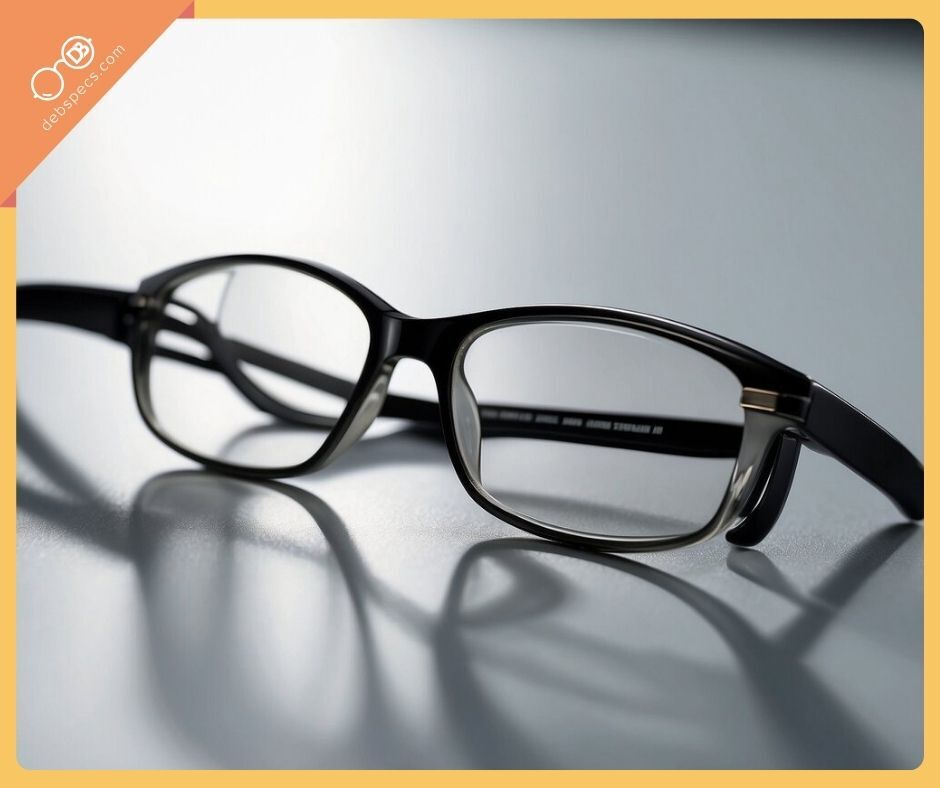
Nose Pads & Support
Small but mighty, nose pads make or break your comfort.
- Nose Pad Arms: tiny extensions that hold pads in place and allow adjustments.
- Pad Materials: usually silicone or soft polymer for grip and comfort.
- Shapes: round, oval, or teardrop to suit different nose shapes.
- Attachment: screw-in or snap-on, depending on the frame.

The Unsung Heroes: Screws & Details
Even the tiniest parts matter.
Screws
- Hinge screws: hold arms in place.
- Nose pad screws: attach adjustable pads.
- Materials: often stainless steel or titanium for durability.
Decorations
- Logos, inlays, or accents on temples or rims.
- Function: branding + a little fashion statement.
Myth vs Fact
- Myth: All glasses are built the same.
- Fact: The design and materials of each component affect comfort, durability, and style.
- Myth: Nose pads are optional extras.
- Fact: Nose pads (or bridges designed to replace them) are key to keeping glasses comfortable and stable.
- Myth: Frames are just for fashion.
- Fact: Frames do the heavy lifting, balancing weight, securing lenses, and shaping your look.
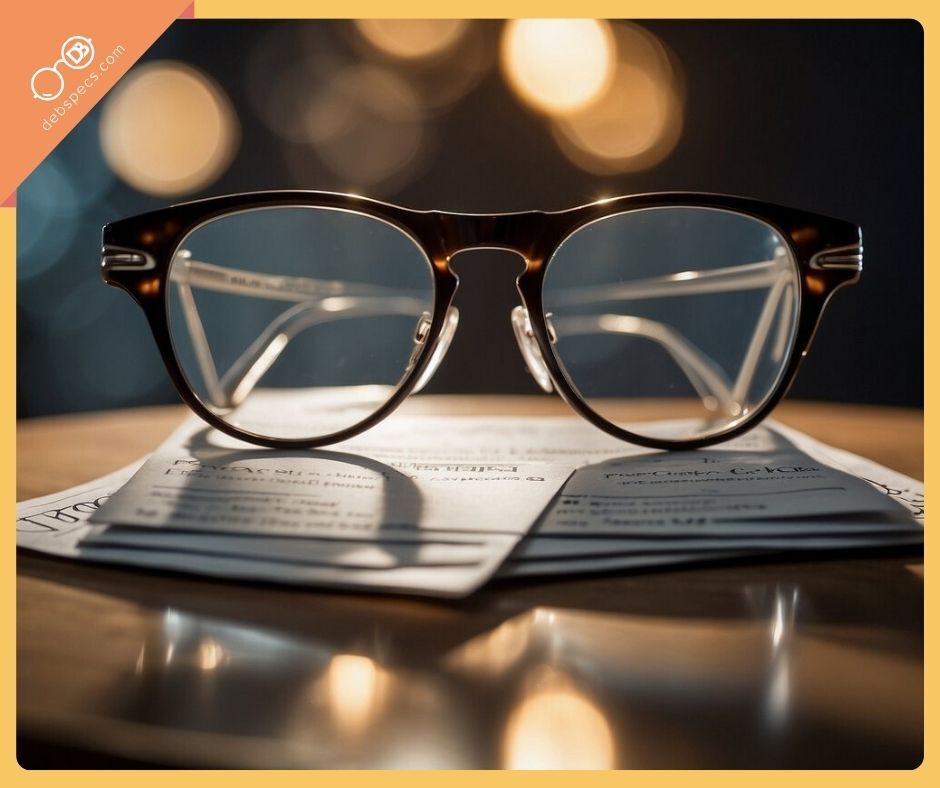
TL;DR
- Glasses are more than lenses—they’re a collection of carefully designed parts working together for comfort, clarity, and style.
- Frames include the front, bridge, rims, and temples.
- Lenses vary in material, shape, and coatings for performance.
- Nose pads, screws, and decorative details complete the look and feel.
- Knowing the terms helps you shop smarter and get a better fit.
FAQs About Glasses Parts
Q: What are the arms of glasses called?
A: They’re called temples or temple arms.
Q: What part rests on my nose?
A: That’s the bridge, often supported with nose pads for comfort.
Q: What lets glasses fold?
A: Hinges—either spring-loaded for flexibility or standard screw designs.
Q: What’s the horizontal bar across the top of some frames?
A: That’s the browline—a retro-inspired style detail.
Q: What connects the frame front to the temples?
A: End pieces, small connectors at the outer corners of the frame.
Q: What’s the official name for the part that holds the lenses?
A: The rims or frame front.
✨ At DebSpecs, we believe your glasses should feel as good as they look. With stylish frames, durable materials, and thoughtful details, you’ll find readers that sharpen your vision and flatter your face—all without the luxury price tag.


